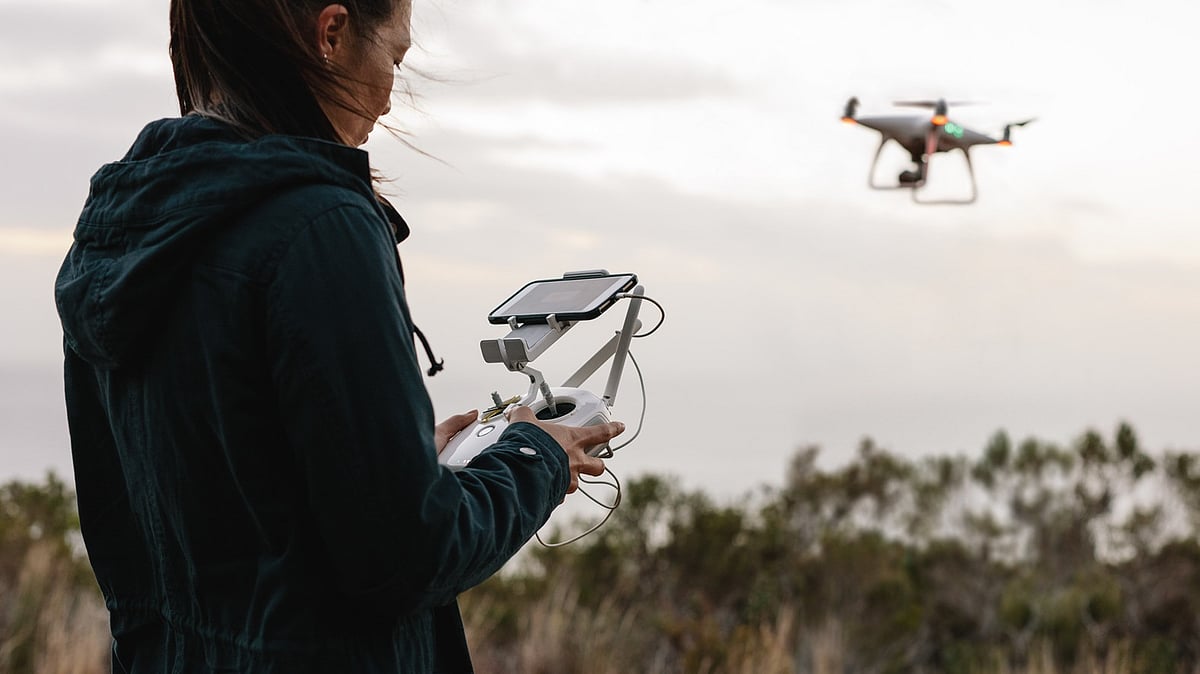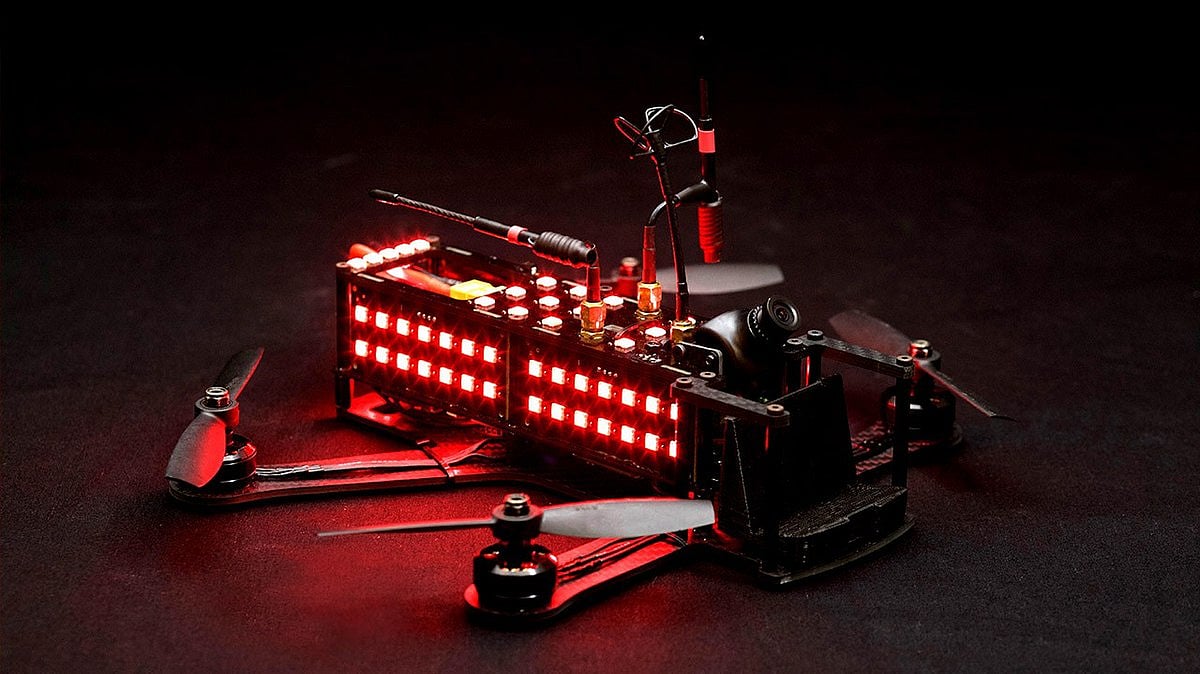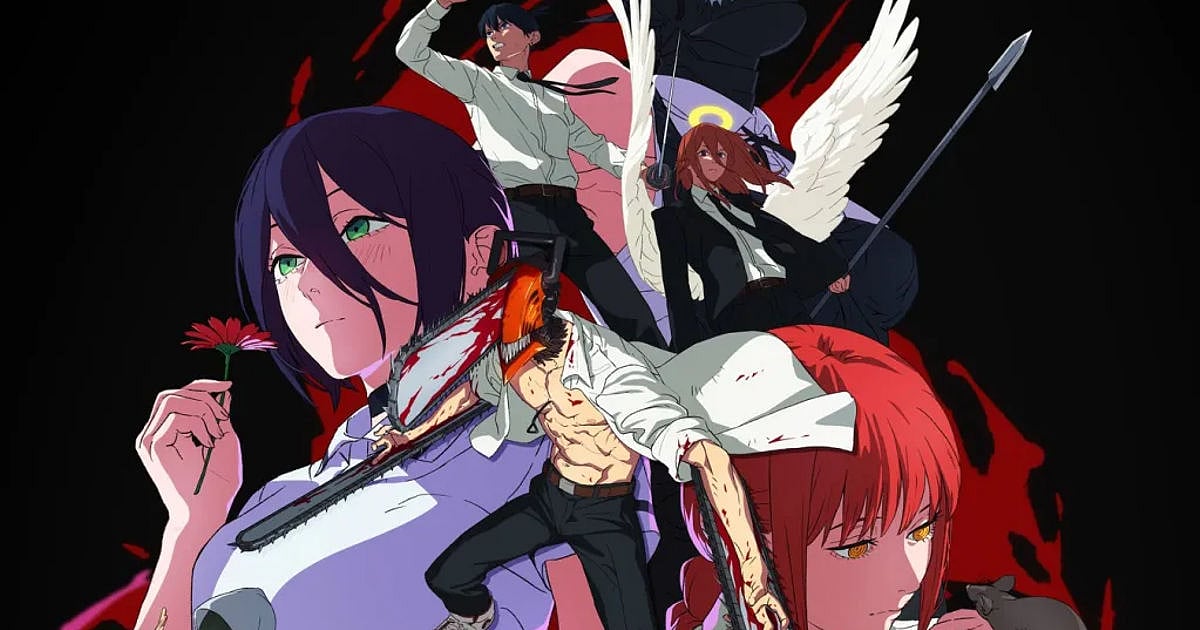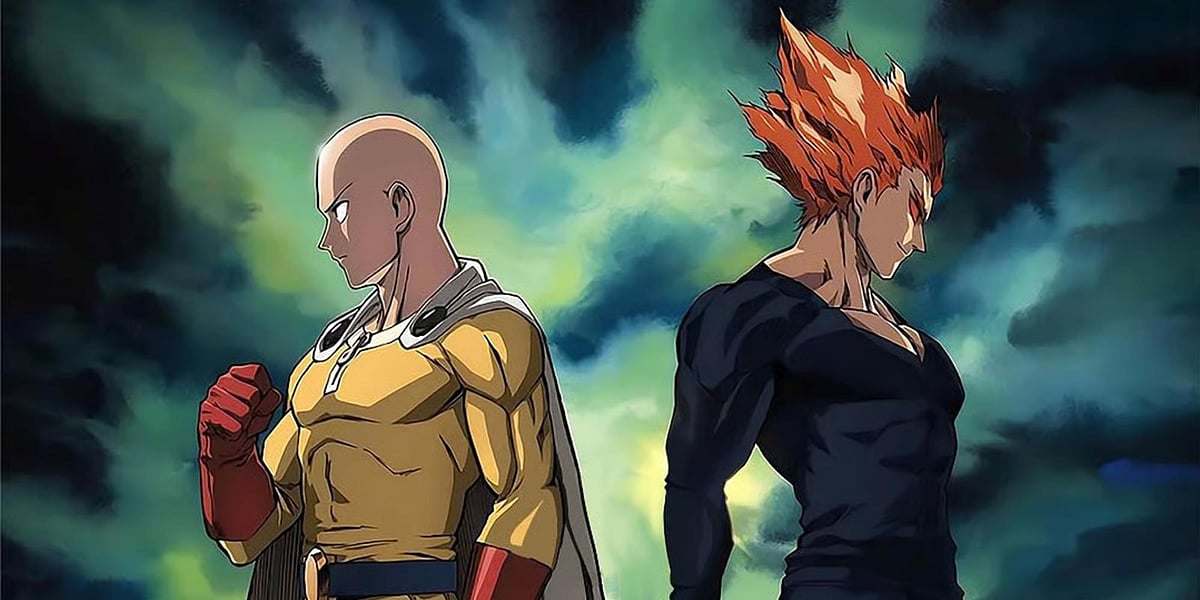
The Sky Is Their Racetrack: The High-Speed World of Drone Racing
The Sky Is Their Racetrack: The High-Speed World of Drone Racing
How a niche hobby transformed into a global sport where pilots fly at 160 km/h through their goggles
Highlights
- Pilots race custom-built drones at over 160 km/h using immersive FPV goggles.
- The niche hobby has become a global sport with major leagues and a projected multi-billion dollar market.
- A new breed of pilot-mechanic athlete has emerged, with the future including AI competition and global growth.
Aman Virani adjusts his video goggles and grips his radio transmitter. Around him, the hum of motors fills the air as dozens of custom-built racing drones await their turn on the track. When the starting signal sounds, Virani (known in the drone racing world as "SH4DY") will pilot his carbon fiber quadcopter through a maze of gates and obstacles at speeds approaching 160 kilometers per hour. But he won't be watching from the sidelines. Thanks to a tiny camera mounted on his drone, he'll experience every twist, turn, and heart-stopping near-miss as if he were actually flying.
Welcome to the electrifying world of drone racing, where the boundary between pilot and machine has all but disappeared.
A Sport Born from Technology and Speed
What started as a hobby for tech enthusiasts has exploded into a global phenomenon. Drone racing combines the visceral thrill of motorsports with the immersive experience of virtual reality. Pilots navigate custom-built quadcopters (or "quads") through complex three-dimensional courses using First-Person View technology that streams live video directly to their goggles.
The sport has attracted backing from major sponsors and media companies. The Drone Racing League, founded in 2015, secured a $100 million sponsorship deal with blockchain platform Algorand and broadcasts events on major networks. The league reported 260 million global digital race views for the 2022-2023 season, reaching 320 million TV households worldwide.
The professional drone racing ecosystem is split among three major organizations with distinct philosophies.
The Drone Racing League serves as the sport's premier showcase, designing spectacular made-for-television events where all pilots fly identical league-provided drones. This approach ensures that only pilot skill determines the winner, not the size of one's equipment budget.
At the grassroots level, MultiGP nurtures the sport's soul through a network of over 500 active chapters and more than 30,000 registered pilots worldwide. Here, pilots build and modify their own machines, fostering the innovation that drives the sport forward.
Meanwhile, the Fédération Aéronautique Internationale (the same body that governs traditional aviation sports) treats drone racing with Olympic-level seriousness. Its involvement represents the most credible path for the sport's inclusion in major international competitions like the World Games.
The Anatomy of Speed
A racing drone is engineering poetry in carbon fiber. Every component serves a single purpose: maximum performance.
The frame, constructed from ultra-light yet incredibly strong carbon fiber, must survive inevitable high-speed impacts. Four powerful brushless motors provide the explosive acceleration needed to navigate hairpin turns and vertical climbs. A flight controller processes the pilot's commands while maintaining stability at extreme speeds.

Ryan Gury
The FPV system is what makes the sport truly unique. A camera no bigger than a sugar cube captures the drone's perspective, while a video transmitter beams that feed to the pilot's goggles with minimal delay. This connection between human and machine is so intimate that skilled pilots can thread their drones through gaps barely wider than the aircraft itself.
For aspiring pilots in India, entering the sport requires an investment starting around ₹25,000 to ₹30,000 for reliable builds. However, top components and gear can push costs above ₹70,000, especially with parts upgrades, imports, and spares. Every competitive pilot must also be a competent mechanic, as crashes are frequent and repairs constant.
Newcomers often start with beginner-friendly models like the Emax Tinyhawk or BetaFPV Cetus, which offer complete, ready-to-fly packages. As pilots advance, many graduate to more powerful 5-inch models like the iFlight Nazgul or Diatone Roma F5 before building their own machines from scratch.
The New Athletes
This technological revolution has birthed a new breed of athlete. Pilots like South Korea's MinChan Kim and America's Alex Vanover have become icons, celebrated for their daring flight styles and split-second decision-making.
In India, pilots like Virani and Saket Pathak (known as "SpacePirateFPV") represent a growing generation of homegrown talent supported by the Indian Drone Racing League. These pilots train for hours daily, honing reflexes that must operate in milliseconds.
Making a living from drone racing remains challenging. Only a tiny elite of Drone Racing League-contracted pilots earn full-time salaries. Most professionals rely on equipment sponsorships, receiving free gear from manufacturers rather than cash payments, a necessity given the sport's high operational costs.
Racing Toward the Future
The numbers tell the story of a sport in explosive growth. Some estimates for the racing drone segment alone suggest the market could reach $4.6 billion by 2032, growing at about 9% annually. Online platforms like YouTube and Twitch have become crucial for pilots to share spectacular flight videos and build fan bases.
But perhaps the most intriguing development is the emergence of artificial intelligence as a competitor. AI-controlled drones can now outfly human champions, leading to new competitions like the Abu Dhabi Autonomous Racing League. The prize pool was $1 million for the first event, but has grown to $2.25 million for upcoming editions. This technological arms race suggests the sport may eventually split into separate categories for human pilots and AI programmers.
In India, the future looks particularly bright. As of August 2024, India had 398 drone startups according to Tracxn, supported by government initiatives to establish the country as a global drone hub by 2030. The Indian Drone Racing League has partnered with premier engineering institutes to cultivate the next generation of talent.
As Virani prepares for his next race, the broader implications of drone racing become clear. This is more than a sport. It's a glimpse into a future where the boundaries between digital and physical experiences continue to blur.
Each race represents thousands of hours of engineering, coding, and practice condensed into minutes of pure adrenaline. The pilots may have their feet firmly planted on the ground, but their minds soar through the sky at impossible speeds.

Author
Krishna Goswami is a content writer at Outlook India, where she delves into the vibrant worlds of pop culture, gaming, and esports. A graduate of the Indian Institute of Mass Communication (IIMC) with a PG Diploma in English Journalism, she brings a strong journalistic foundation to her work. Her prior newsroom experience equips her to deliver sharp, insightful, and engaging content on the latest trends in the digital world.
Krishna Goswami is a content writer at Outlook India, where she delves into the vibrant worlds of pop culture, gaming, and esports. A graduate of the Indian Institute of Mass Communication (IIMC) with a PG Diploma in English Journalism, she brings a strong journalistic foundation to her work. Her prior newsroom experience equips her to deliver sharp, insightful, and engaging content on the latest trends in the digital world.
Related Articles







